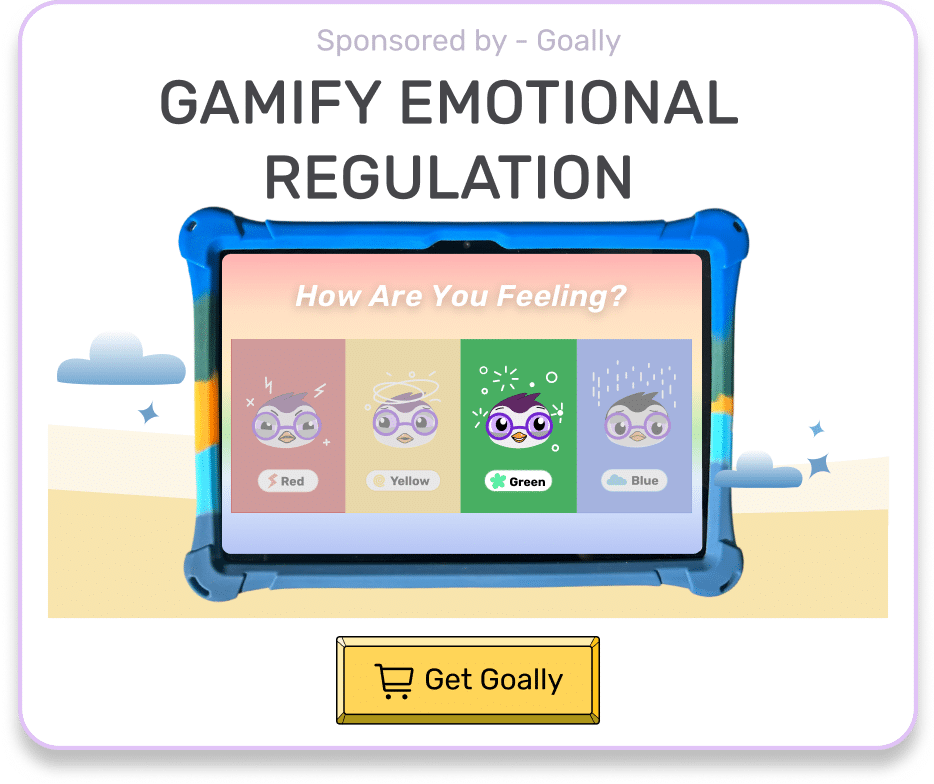Child aggression towards mothers can be a challenging and heart-wrenching experience. This blog will explore practical tips and proven strategies to manage these behaviors effectively, offering you a path to a more peaceful home environment.
Key Takeaways:
- Understand the root causes of child aggression towards mothers.
- Effective communication strategies can help defuse conflicts.
- Consistent routines and boundaries are essential for managing aggression.
- Seek professional support if the aggression becomes unmanageable.
How do you handle child aggression towards mothers? Child aggression towards mothers often stems from underlying emotional issues, such as frustration, anxiety, or unmet needs. To handle these moments, it’s crucial to identify the triggers and implement targeted strategies that foster a supportive environment.
Table of Contents
Understanding Child Aggression Towards Mother
Dealing with a child’s aggression is tough. Whether it’s sudden outbursts, hitting, or verbal attacks, it’s never easy to face. Often, aggression towards mothers stems from a mix of emotional and environmental factors. Kids may feel overwhelmed, struggle with communication, or react to changes in their routine. When these emotions bubble up, they can turn into aggressive behaviors.
Studies suggest that around 20% of kids display aggressive behaviors at some point, with a significant number directed at caregivers, particularly mothers. Understanding why this happens is the first step toward finding a solution. In many cases, it’s not about anger at the mother herself but about frustration or confusion over something the child can’t express.

Read more: 10 Fun and Effective Self-Control Activities
Common Causes of Child Aggression Towards Mothers
Identifying the root causes of aggression can be eye-opening. Here are some of the main reasons why your child might be acting out:
- Emotional Regulation Issues: Many neurodivergent kids, such as those with ADHD or autism, have difficulties managing their emotions. This can lead to outbursts when they’re feeling overwhelmed or misunderstood.
- Unmet Needs: Children often act aggressively when their needs—whether emotional, physical, or sensory—aren’t met. This might look like hunger, tiredness, or even an overstimulating environment.
- Changes in Routine: Kids thrive on predictability. A sudden change, like a new sibling or moving houses, can cause stress, leading to aggressive behavior towards the closest caregiver—often, the mother.
Identifying the root causes of aggression can be eye-opening. Often, it’s not just about the behavior itself but what’s fueling it beneath the surface.
Strategies to Manage Aggression
When faced with aggression, having a plan makes all the difference. These strategies will help you handle outbursts calmly and effectively.
1. Stay Calm and Consistent
Your reaction sets the tone. I know it’s easier said than done, but try to remain calm during an outburst. Consistency is key; respond in a predictable way each time your child acts out. This helps your child feel secure and understand that aggression isn’t the way to get what they want.
For instance, if your child yells when they’re upset, keep your voice low and steady. This shows them a calmer way to express their feelings. Over time, they’ll start mirroring your approach instead of escalating.
2. Use Clear Communication
Children, especially those with special needs, often struggle to express what they’re feeling. Simplify your language and ask direct questions like, “Are you upset because you can’t play right now?” Use visual aids if necessary, such as emotion charts or simple gestures, to help your child identify and express their emotions.
On the flip side, modeling positive communication can make a huge impact. When you calmly explain your own feelings, like saying, “I feel sad when you hit me,” you’re showing them a healthy way to express emotions without aggression.
3. Set Clear Boundaries and Consequences
Kids need to know where the line is. Set clear, simple boundaries about what is and isn’t acceptable behavior. When these boundaries are crossed, follow through with appropriate consequences that are immediate and relevant, such as a brief time-out or losing a privilege.
It’s essential that these boundaries are consistent. For example, if your child knows they’ll lose screen time every time they hit, they’re more likely to think twice before lashing out. Consistency helps reinforce these boundaries, turning them into habits over time.
4. Encourage Positive Behaviors
Praise goes a long way. Make a habit of pointing out good behaviors with specific compliments, like, “I really liked how you asked for help instead of getting angry.” Positive reinforcement makes your child feel appreciated and encourages them to repeat those behaviors.
Use reward systems like sticker charts or small incentives. These tools can be especially effective for kids who thrive on visual feedback, helping them see their progress toward better behavior in a tangible way.

Read more: Toddler Aggression | When to Worry
When to Seek Professional Help
Sometimes, aggression can feel overwhelming, especially if it’s severe or persistent. If you’ve tried everything and your child’s behavior doesn’t improve—or if it escalates—it might be time to seek professional help. A child psychologist or behavioral therapist can work with you and your child to identify underlying issues and develop a more targeted approach.
Remember, asking for help isn’t a sign of failure; it’s a step towards a happier, more peaceful home. Therapists can provide support not just for your child but for you as a parent, helping you build strategies that work for your family’s unique needs.
Tired of Emotional Meltdowns?
Goally’s Mood Tuner app has activities for kids with BIG emotions. Teach kids how to tune their mood with Goally. See fewer meltdowns.
The Mood Tuner app encourages kids to look inwards and identify their feelings, helping them understand what’s going on inside. Once they’ve recognized their emotions, they can choose from a 20+ activities designed to help them self-regulate and find their balance.

Dealing with child aggression towards mothers is never easy, but with patience, consistency, and a clear plan, it’s manageable. By understanding the root causes, setting clear boundaries, and modeling calm behavior, you can create a more harmonious environment at home. And remember, it’s okay to seek help when you need it; you’re not alone in this journey.
Resources:
FAQs About Child Aggression Towards Mother
What triggers child aggression towards a mother? The main triggers for child aggression can include frustration, exhaustion, hunger, or feeling overwhelmed, especially if they lack proper communication skills to express these feelings. How can I help my aggressive child? Using tools like visual schedules and emotional regulation apps can help children control their aggression. Rewarding good behavior can also promote positive interactions. What role can visual schedules play in curbing aggression? Visual schedules can help a child understand what to expect next, reducing anxiety and potential aggressive responses caused by uncertainty or surprise. How do emotional regulation apps help manage child aggression? Apps help children become more aware of their emotions, understand the appropriate responses and practice self-control, thereby reducing instances of aggression. Can rewarding a child attenuate aggressive behavior? Absolutely, rewarding good behavior encourages positive actions, reduces child aggression, and reinforces the differences between appropriate and inappropriate responses.
This post was originally published on 04/10/2023. It was updated on 09/10/2024.

Hennah is an experienced writer and researcher, helping children with autism, ADHD, and other neurodivergent conditions. As a blog contributor for Goally, she combines her deep understanding of neurodiversity with practical advice, offering valuable insights to parents and educators.





